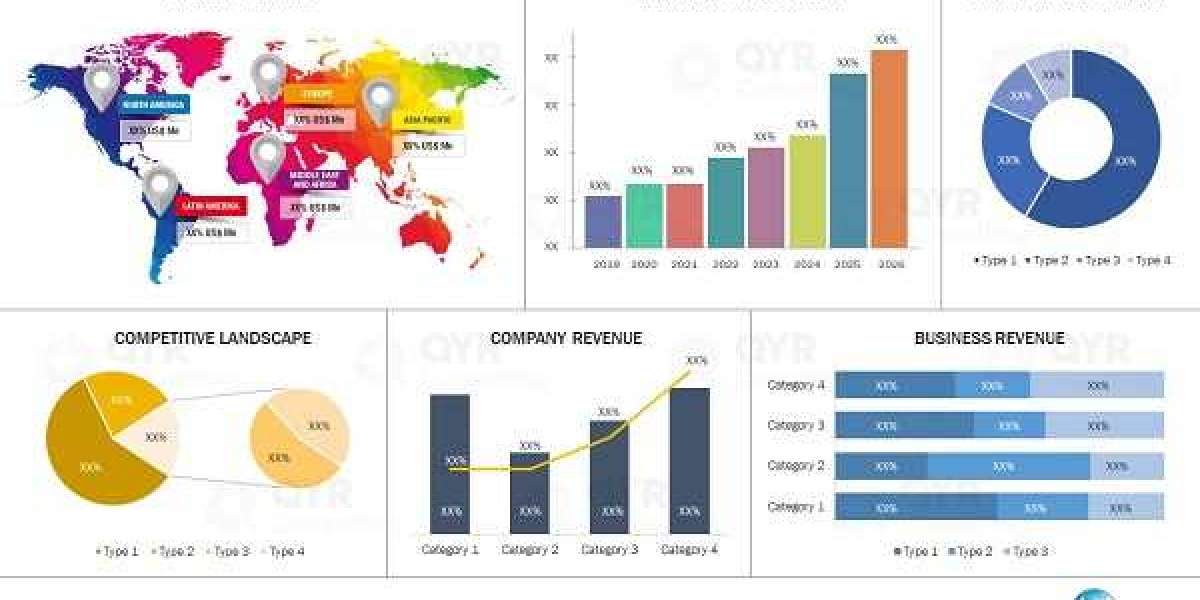Installing a CCTV system in Dubai, whether for a residential or commercial property, involves a detailed process that requires expertise, planning, and the right equipment. Whether you’re looking to secure your home or safeguard your business, a well-planned CCTV system can provide peace of mind. This guide walks you through the step-by-step process of CCTV installation in Dubai, ensuring you understand each phase of the procedure and what to expect.
1. Initial Consultation and Site Survey
The first step in any CCTV installation project is the initial consultation with a professional installation company. During this CCTV installation dubai assess your security needs based on the size and layout of your property. A site survey is conducted to identify vulnerable areas that need monitoring, such as entrances, hallways, parking areas, or windows. The professionals will consider the lighting, the positioning of walls, and any potential obstacles that may affect camera visibility. This survey ensures that the right number of cameras is selected and placed to maximize coverage and effectiveness.
2. Designing the CCTV System
Once the site survey is complete, the next step is to design the CCTV system tailored to your specific needs. The installation team will recommend the best type of cameras (such as dome, bullet, or PTZ cameras) based on your requirements and the environment of your property. Factors like camera resolution (HD, 4K), field of view, and special features (night vision, motion detection, remote access) will all be discussed. Additionally, the team will outline the most efficient wiring layout for both power and video transmission, ensuring minimal disruption to your property during installation.
3. Equipment Selection and Procurement
After finalizing the design, the installation team will select the appropriate CCTV equipment. This includes the cameras, Digital Video Recorders (DVR) or Network Video Recorders (NVR), hard drives for data storage, monitors, and any other necessary accessories such as cables, mounts, and connectors. It's essential to choose high-quality, reliable brands that meet your security needs and will withstand Dubai’s harsh climate. The installation company will typically have access to trusted suppliers and can source the equipment for you, ensuring that all items are compatible and meet your specifications.
4. Installation of Cameras and Wiring
Once the equipment is procured, the installation process begins. The professionals will start by placing the cameras at the pre-determined locations. Proper positioning is crucial to ensure that each camera provides maximum coverage while avoiding blind spots. The cameras will be securely mounted to the walls or ceilings using brackets and supports. After mounting, the wiring process begins. Cables are run from each camera to the DVR or NVR unit. For wired systems, the cables will be neatly concealed to maintain the aesthetics of your property, especially in residential homes. Wireless systems, on the other hand, require minimal wiring and often rely on Wi-Fi networks to transmit data.
5. Connecting the System to Power and Storage Units
After setting up the cameras and running the necessary cables, the next step is to connect everything to power sources and storage units. Cameras require a power supply to function, and the installation team will ensure that each camera has access to a stable power source. For most CCTV systems, this involves connecting to a nearby power outlet or using Power over Ethernet (PoE) cables for both power and data transmission. The DVR or NVR will also be connected to a hard drive for storing video footage. The storage capacity is selected based on the number of cameras and the desired length of time to retain footage. Once the system is connected and powered on, the cameras will begin recording.
6. System Configuration and Testing
The next crucial step is configuring the CCTV system to suit your preferences. The installation team will adjust settings such as motion detection zones, video quality, and camera angles to ensure optimal performance. If your system has remote access capabilities, they will configure it to work with your mobile device, tablet, or computer. This allows you to monitor live footage and access recorded footage from anywhere. After configuration, the system will be thoroughly tested to verify that all cameras are functioning correctly, video feeds are clear, and the DVR/NVR is recording as expected. They will also check if any adjustments need to be made to improve the system’s performance.
7. Training and Handover
Once the system is fully installed, configured, and tested, the installation company will provide a comprehensive training session. This training covers how to operate the CCTV system, access footage, and manage settings. You will learn how to view live streams, playback recorded video, set up alerts, and manage storage. If your CCTV system is connected to the internet for remote access, the team will guide you through the process of installing and using the mobile app or web portal. Additionally, you will be provided with necessary documentation, including warranty details and contact information for future technical support or maintenance.

8. Ongoing Maintenance and Support
After the installation is complete and the system is up and running, many professional CCTV installation companies offer ongoing maintenance services. This includes periodic system checks to ensure that all cameras are functioning properly, software updates, and troubleshooting any issues. Regular maintenance helps prolong the life of your CCTV system and ensures that it continues to operate effectively. If any hardware malfunctions or new features are required, the installation company will provide timely support to resolve any concerns.
Conclusion
CCTV installation in Dubai is a comprehensive process that involves careful planning, expert knowledge, and precision. By following a structured approach—starting with a site survey and moving through design, installation, testing, and ongoing support—professionals ensure that your security system is tailored to your needs and functions optimally. Whether for a residential property or business, professional CCTV installation provides peace of mind and ensures the safety of your premises against potential threats.











